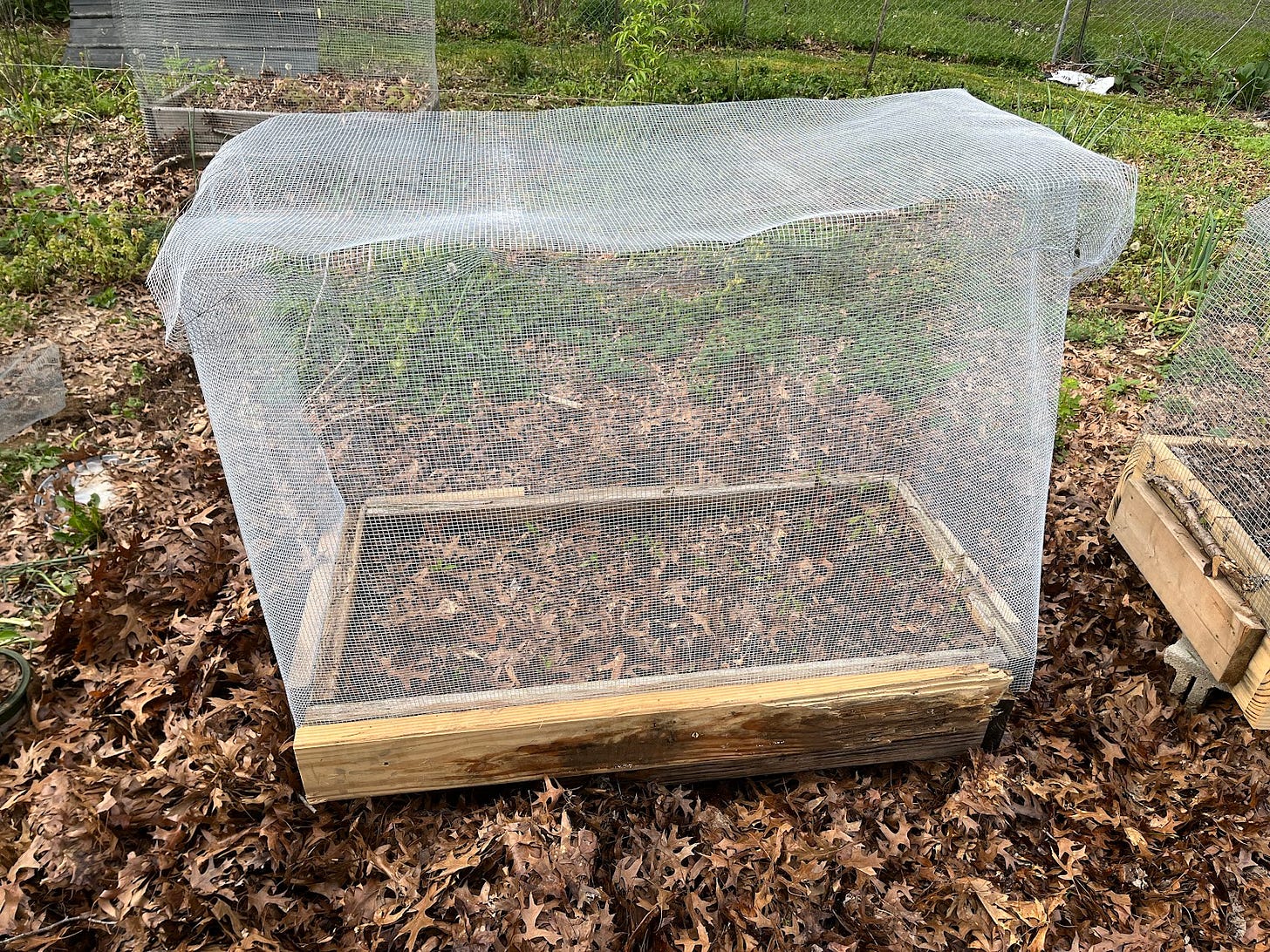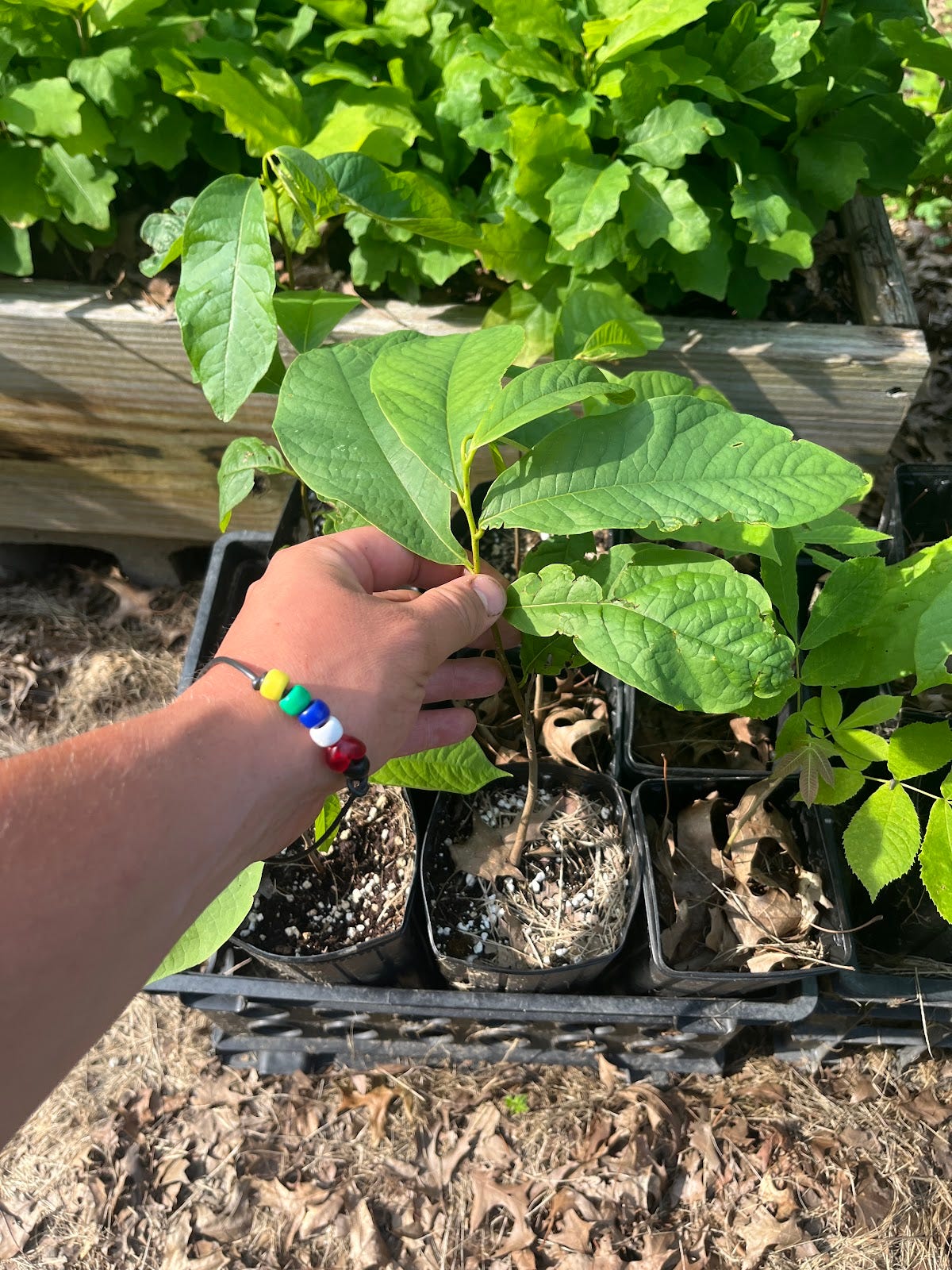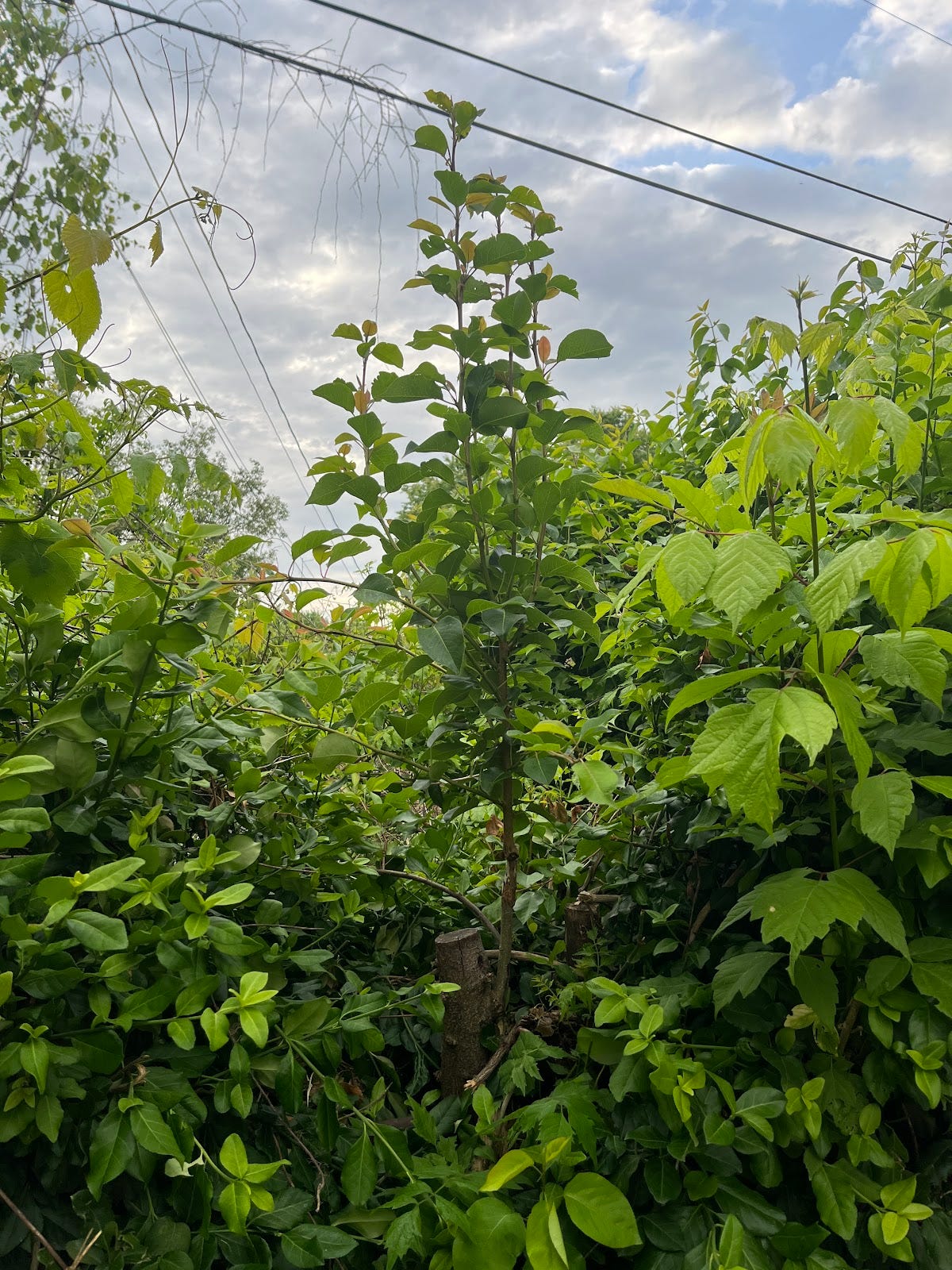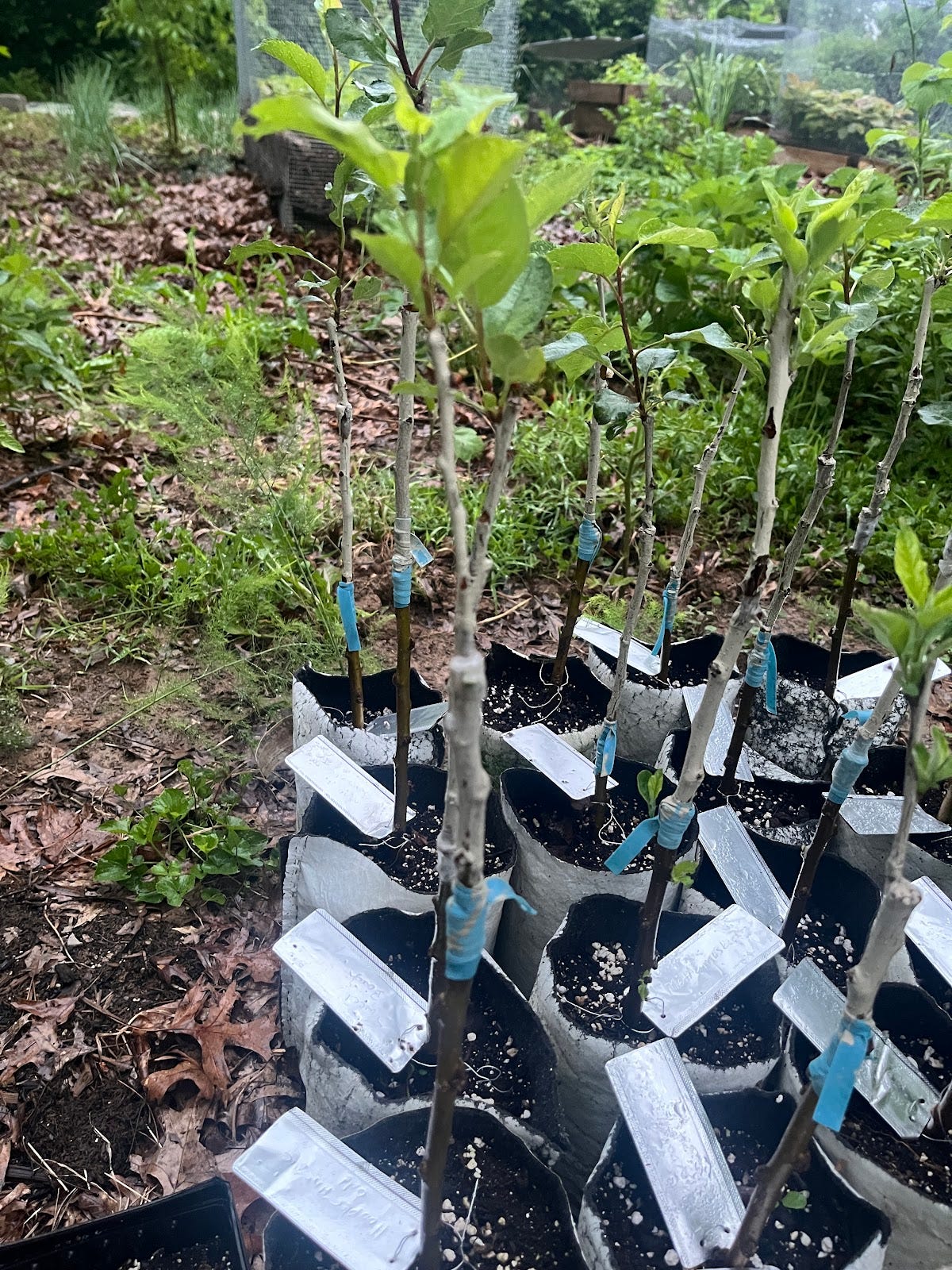Welcome back to our ongoing journey into the heart of permaculture ethics and principles, a framework for designing sustainable, resilient, and regenerative systems rooted in nature’s wisdom.
In our previous editions, we laid the foundation by exploring the Three Core Ethics, Earth Care, People Care, and Fair Share, and then began diving into the Twelve Permaculture Design Principles, starting with:
Observe and Interact
Catch and Store Energy
Obtain a Yield
Today, in Edition Three, we explore three more guiding principles that challenge us to be learners, stewards, and systems thinkers:
Apply Self-Regulation and Accept Feedback
Use and Value Renewable Resources and Services
Produce No Waste
These principles form a powerful trio. They ask us to tune into feedback, use what nature provides in abundance, and rethink waste as a resource. Let’s explore each in turn.
🔄 Apply Self-Regulation and Accept Feedback
"The problem is the solution." – Bill Mollison
This principle invites us to observe ourselves and our systems with honesty. It encourages ongoing evaluation, adaptation, and learning so that we can make timely corrections and stay aligned with our values and goals.
🧠 What It Means
Self-regulation is about course-correcting before crisis hits. It's the garden hose kinked just slightly giving us a chance to notice and adjust before the water stops flowing. Feedback is nature’s way of telling us somethings gotta give. The key is to listen.
🧰 Key Practices:
Monitor environmental impacts and resource use regularly.
Create feedback loops, both social (community input) and ecological (plant health, water flow, etc.).
Adapt planting schedules, irrigation, or design choices based on seasonal patterns (planting perennials in the rain season).
Encourage a mindset of experimentation and don't get attached to perfection.

🌿 Real-World Applications:
A gardener notices their tomato plants yellowing and adjusts watering or adds compost.
A rain catchment system underperforms, leading to a redesign for better slope and overflow.
A permaculture co-op shifts its meeting structure based on feedback from members about accessibility or inclusion.
🌎 Why It Matters
Without feedback, systems drift toward imbalance. Resilient systems constantly evolve. This principle reminds us that permaculture isn’t a one-and-done design, instead it's a living process. Being responsive helps us move with rather than fighting against change.
☀️ Use and Value Renewable Resources and Services
"Let nature do the work." – David Holmgren
Nature offers us abundance with things like sunlight, wind, rain, biomass, and biodiversity. These resources regenerate, circulate, and persist. This principle urges us to lean into these renewable flows instead of drawing from non-renewable or extractive sources.
🧠 What It Means
Using renewable resources means respecting natural cycles and limits. things like choosing manure over synthetic fertilizer or living systems over finite materials whenever possible.
🧰 Key Practices:
Install passive solar features in homes and greenhouses.
Compost kitchen scraps and green waste to build soil.
Integrate animals for fertilization, pest control, and biomass cycling.
Harness ecosystem services—like pollination, water filtration, or natural pest control.
🌿 Real-World Applications:
A homestead that uses rainwater catchment, harnesses energy from the sun, and implements no-till practices.
An agroforestry system combining crops, trees, and animals to enhance soil and biodiversity.
A school garden that composts cafeteria scraps and uses native plants for pollinator support.
🌎 Why It Matters
Renewable resources are resilient resources. They’re available, cyclical, and regenerative. Systems built on them decrease environmental harm, increase independence, and build long-term stability in a rapidly changing world.
🔎 Note on Solar Technologies and Ethics
You may notice that this section doesn’t include much about solar panels or electric vehicles, even though they’re often top-of-mind when people think of renewable energy.
While these technologies hold promise, I’ve personally chosen to leave them out of this edition due to the significant ethical and social concerns surrounding their production, particularly in the mining and processing of cobalt, lithium, and polysilicon.
Materials like cobalt, lithium, and polysilicon, essential for batteries and photovoltaic cells, often come with serious human rights and environmental concerns. These include child labor in cobalt mines in the DRC, water depletion and ecosystem damage in South America’s Lithium Triangle, and forced labor allegations linked to polysilicon production in Xinjiang, China.
🌍 As awareness grows, new efforts, such as supply chain audits, ethical sourcing initiatives, and innovations in battery chemistry and recycling, are emerging to reduce these harms. As permaculturists, it’s vital to weigh the benefits of renewable tech with the ethical footprint of its production, and whenever possible, seek local, lower-tech, or second-hand options that align more fully with regenerative values.
I’m open to new ideas; however, if you’re aware of ethical and socially responsible companies, please leave a note in the comments. I’d love to hear about the options available.
♻️ Produce No Waste
"Waste is just a resource in the wrong place." – Bill Mollison
Nature doesn’t do landfills. In natural ecosystems, everything has a function, and “waste” is simply food for another process. This principle asks us to rethink what we discard and find ways to reintegrate it into the system.
🧠 What It Means
To "produce no waste" means designing closed-loop systems, where outputs from one element become inputs for another. It’s about efficiency, respect for materials, and embracing a circular economy mindset.
🧰 Key Practices:
Compost all organic matter.
Repurpose materials (e.g., wood scraps into raised beds, jars into storage).
Recycle water (e.g., greywater systems, rain catchment for irrigation).
Eliminate disposable or single-use items in favor of durable alternatives.
🌿 Real-World Applications:
A home where all food scraps go to compost, chickens, or worm bins.
A farm that uses manure and crop residues to nourish next season’s crops.
A community that upcycles building materials and creates art from discarded items.
🌎 Why It Matters
Waste is a modern invention. By mimicking nature’s efficiency, we reduce pollution, conserve energy, and honor the materials we rely on. This principle is a call to responsibility and creativity.
🔗 Weaving the Principles Together
Each of these principles reinforces the others:
Self-regulation helps us see when waste is being created or resources are being misused.
Using renewables ensures we’re drawing from sources that are sustainable and cyclical.
Eliminating waste turns potential problems into solutions and builds system-wide efficiency.
Together, they guide us toward systems that don’t just sustain, but regenerate.
Whether you’re managing a balcony garden, a community farm, or rethinking your household rhythms, these principles help us design lives and landscapes that heal as they produce.
🌟 Coming Next: Designing for Diversity, Edges, and Integration
In the next edition, we’ll explore:
Design from Patterns to Details
Integrate Rather Than Segregate
Use Small and Slow Solutions
These principles are about scale, relationships, and building complexity that mimics nature’s brilliance.
📚 Further Exploration
Want to dive deeper? Check out:
Zero Waste Home by Bea Johnson – Practical inspiration for minimizing waste in daily life.
Solar Cooking International – Harnessing the sun for cooking and beyond.
Permaculture Design Certificate (PDC) courses – Learn how to apply these principles at any scale.
Have a project, idea, or challenge? Hit reply. I’d love to hear what you're working on and how these principles show up in your world.
🌱 Thank you for continuing on this journey.
By applying feedback, valuing what nature offers, and eliminating waste, we move closer to truly regenerative systems. Systems that give more than they take, heal more than they harm, and remind us that we are part of nature, not apart from it.
Until next time,
Much Love
Many Blessings,
🌿 Travis










This is so good. Some great examples! I’ve missed the earlier editions so I’ll go back and read them too!
What materials are you using for the cages over your air prune beds? I've got the same problem with squirrels digging in my beds.